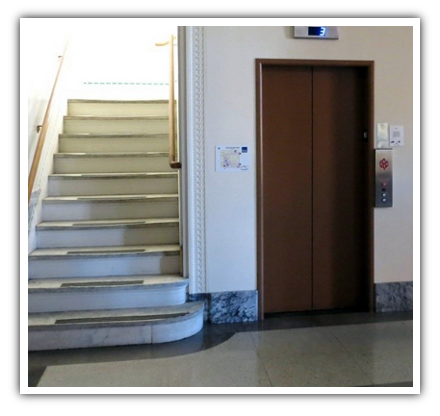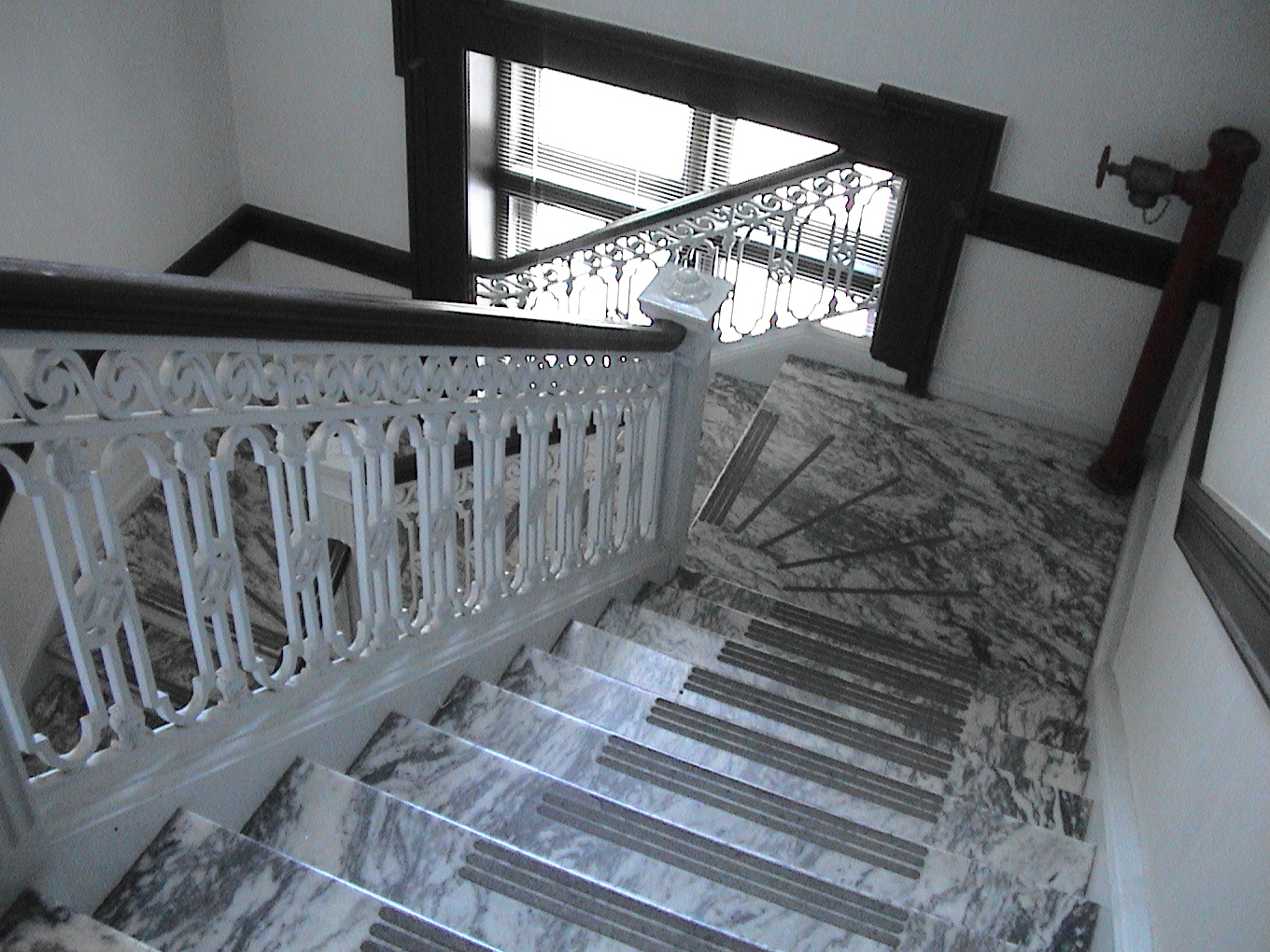Defining the Problems with Historic Courthouse Circulation
Understanding and defining the problems in modern courthouse circulation is critical to improving historic older courthouses. In this new series, we will examine the issues with courthouse circulation and how courthouse planning can address them.
As I have mentioned in several other articles, many older courthouses were designed before air conditioning. Such courthouses relied on natural ventilation by creating relatively narrow occupied spaces to maximize exposure to the perimeter of the building. Standard designs included multiple little building wings arranged around interior light wells in rectangular “U” or “O” configurations. These spaces were consistently placed on either side of a single center hallway, serving the public, judicial staff, and prisoners alike. Additionally, the number and size of stairs and elevators in older buildings were established under very different standards for security, fire life safety, and disability access requirements than those in effect today. Historic preservation criteria further limit the opportunity to meet current circulation objectives when added to the existing architectural conditions and new security, fire life-safety, and accessibility requirements.
The inherent characteristics of circulation systems in older courthouses that may constrain the implementation of current circulation requirements include:
- Single corridors that combine circulation for the public, judicial staff, and prisoners
- Single elevators and stairways that combine circulation for the public, judicial staff, and prisoners
- Dead-end corridors that offer no means of egress or that provide excessively long distances from occupied areas to points of egress
- Narrow corridors or small elevators that do not accommodate people with disabilities
- Stairways and elevators that are undersized for current occupancy levels
- A limited number of elevators that do not accommodate current occupancy levels or freight movement
- Open stairways or elevators that do not provide a fire life-safety protected means of egress
- Undersized entry lobbies that do not permit a practical layout for security screening
Older Courthouse Example
When I first visited a stately historic Northwest courthouse, I observed a surprisingly high number of circulation deficiencies, including the open stairway unprotected for fire life-safety and the single tiny elevator shown in the photo. Narrow corridors that combined circulation for the public, judicial staff, and prisoners were also a significant problem throughout the older courthouse. Unfortunately, this single older courthouse clearly stated how problematic poor circulation patterns could be for a courthouse to function as intended.
stairway unprotected for fire life-safety and the single tiny elevator shown in the photo. Narrow corridors that combined circulation for the public, judicial staff, and prisoners were also a significant problem throughout the older courthouse. Unfortunately, this single older courthouse clearly stated how problematic poor circulation patterns could be for a courthouse to function as intended.
Defining these issues in older courthouses is the first step in solving these problems. I'd like to join you in the following article in this series as we address the issue of providing security in corridors that combine circulation for the public, judicial staff, and prisoners, followed by a second post managing fire life-safety compliance.

















